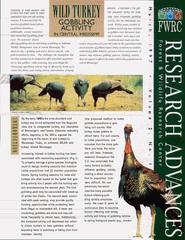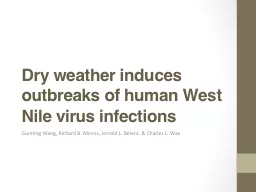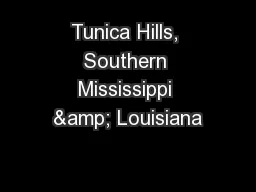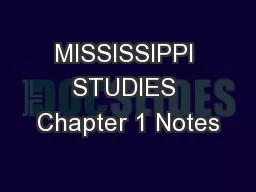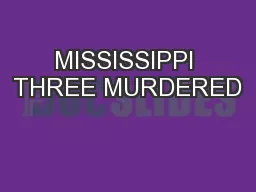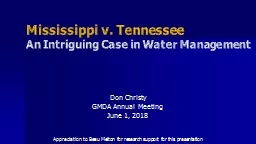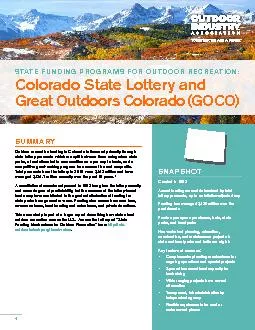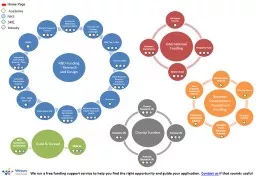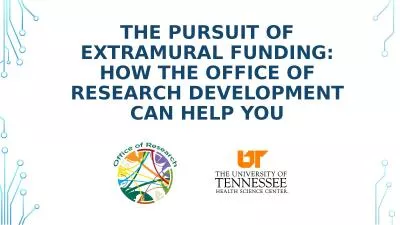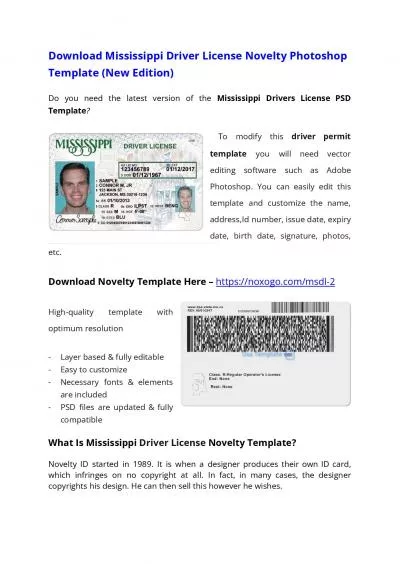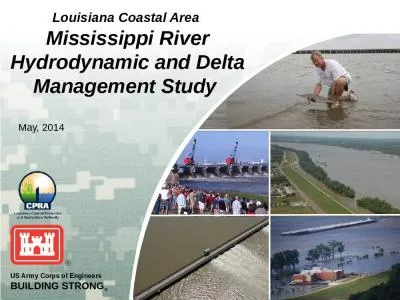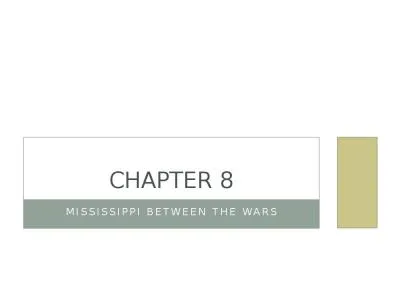PDF-Funding for this research was provid-ed by the Mississippi Department
Author : liane-varnes | Published Date : 2015-07-30
Our study was conducted on the 14410 ha 35500 ac Tallahala Wildlife Management Area TWMA locatedwithin the Bienville National Forest in centralMississippi Most 95
Presentation Embed Code
Download Presentation
Download Presentation The PPT/PDF document "Funding for this research was provid-ed ..." is the property of its rightful owner. Permission is granted to download and print the materials on this website for personal, non-commercial use only, and to display it on your personal computer provided you do not modify the materials and that you retain all copyright notices contained in the materials. By downloading content from our website, you accept the terms of this agreement.
Funding for this research was provid-ed by the Mississippi Department: Transcript
Download Rules Of Document
"Funding for this research was provid-ed by the Mississippi Department"The content belongs to its owner. You may download and print it for personal use, without modification, and keep all copyright notices. By downloading, you agree to these terms.
Related Documents

